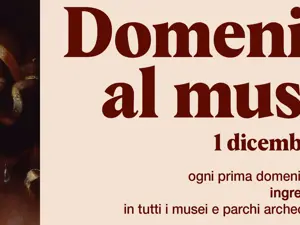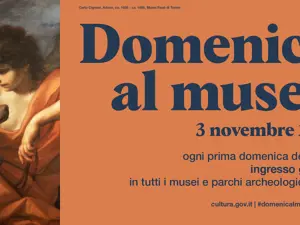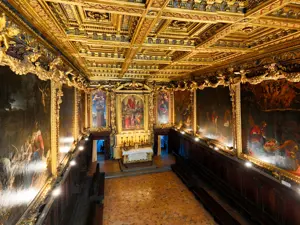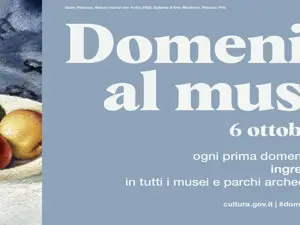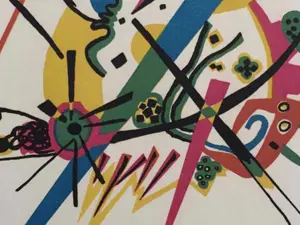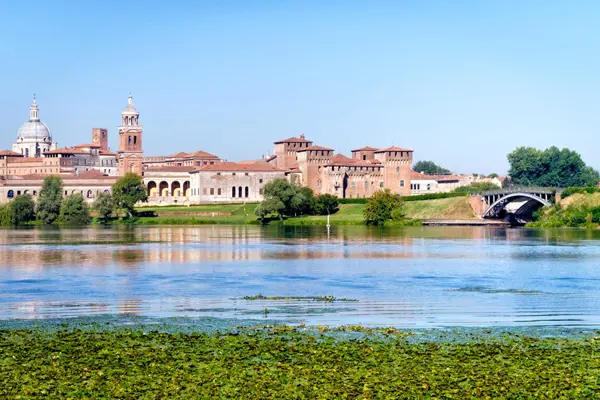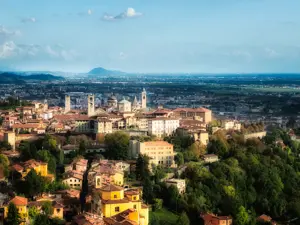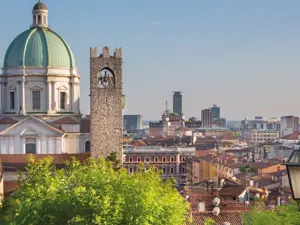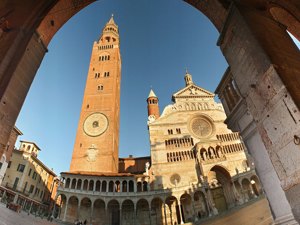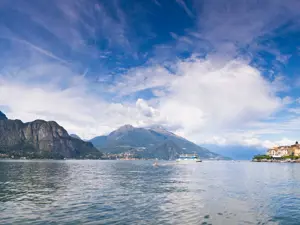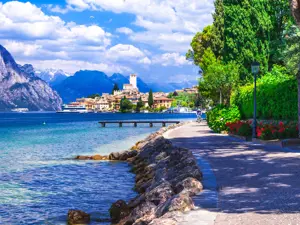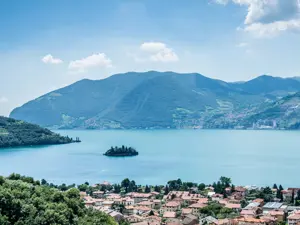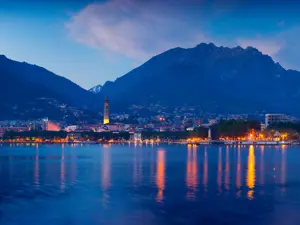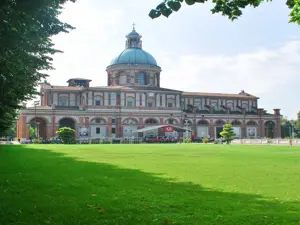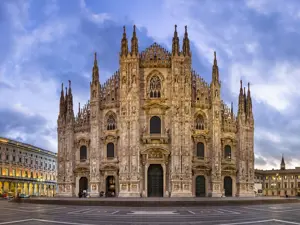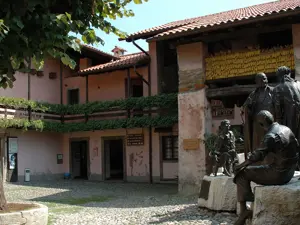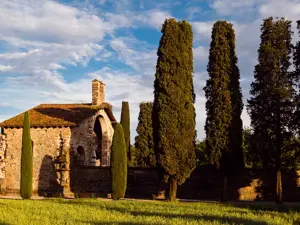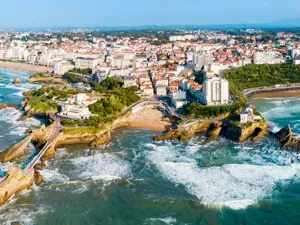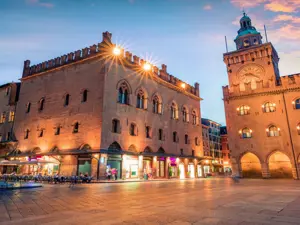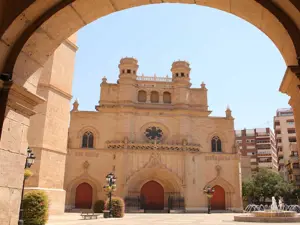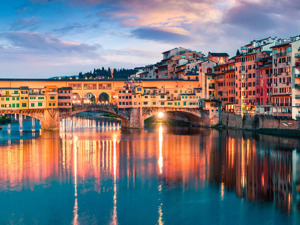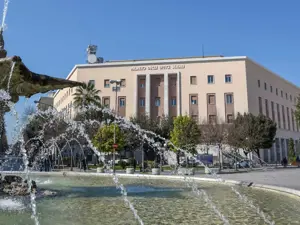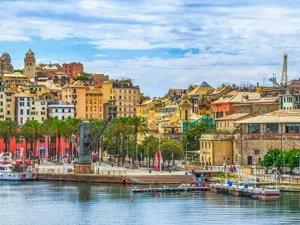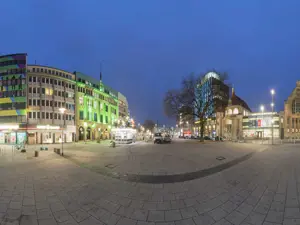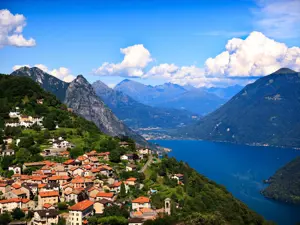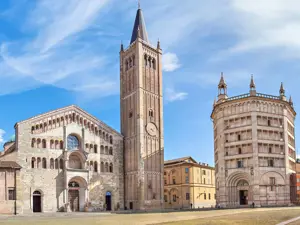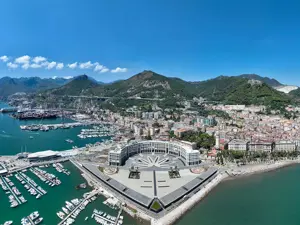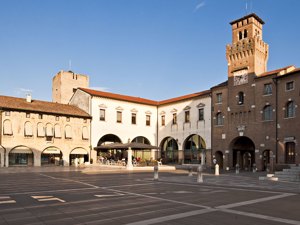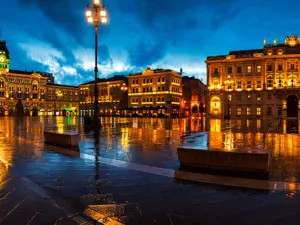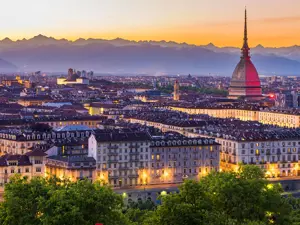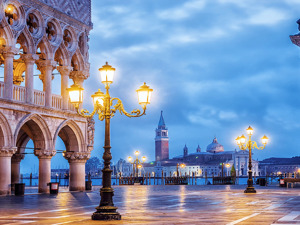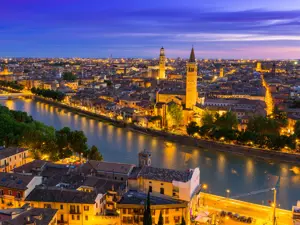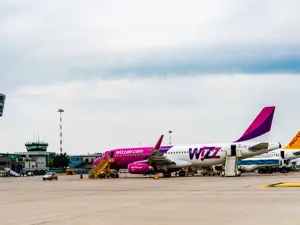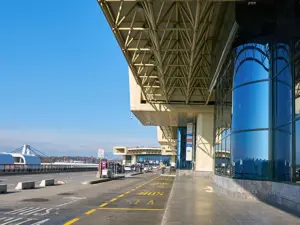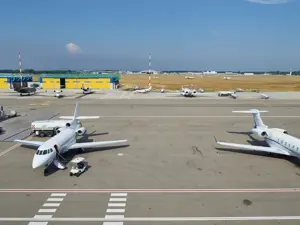Royal city in the heart of Brianza
It is no coincidence that this once small Lombard city was chosen in the past, for its temperate and healthy summer climate, as the preferred seat of some important ruling dynasties, starting with the Lombard kings of whom significant traces can still be found. There were several rulers, including Frederick Barbarossa, who wanted to be crowned in its Cathedral. Monza was also much loved by the Imperial House of Habsburg, for its greenery and its rich hunting reserves, and finally by the Savoy, who were the last occupants of its Royal Palace.
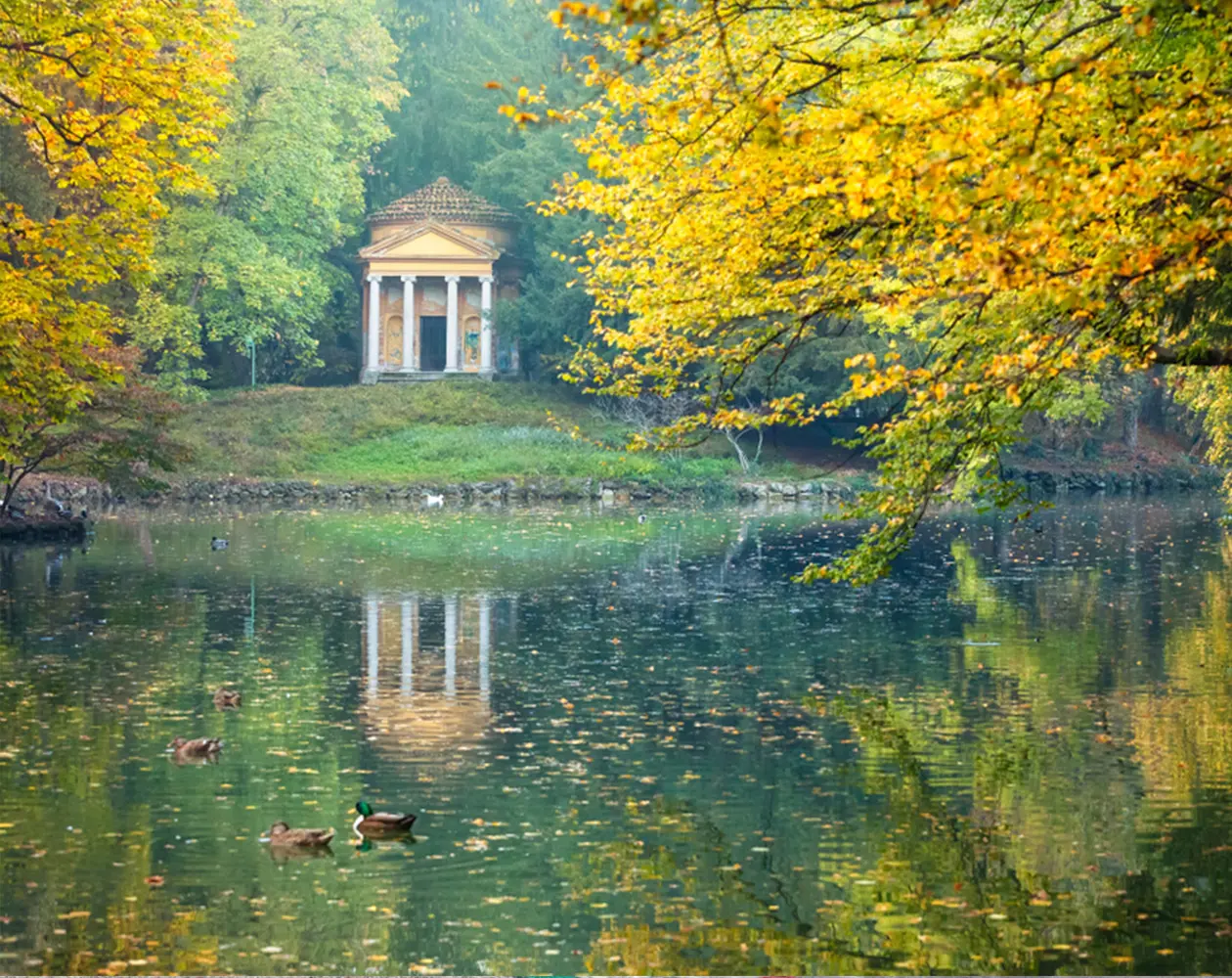
Recognized as a "city" only in 1840 by Napoleon, thus freeing it from the dependence of the nearby and more important Milan, this Lombard city - the third in the region in terms of population after Milan and Brescia - is still an unspoiled oasis and rich in natural and artistic beauties: its enclosed Park, with over 700 hectares of meadows and woods, lakes and avenues, with its 14 km long walls, is the largest in Europe, even larger than Versailles; and its Royal Palace, known as 'Villa Reale', which hosted the Habsburgs and the Savoys in its rooms, is a splendid example of neoclassical architecture, designed by Giuseppe Piermarini, the most popular Italian architect of Lombard's 18th century, who also designed the La Scala theater in Milan.
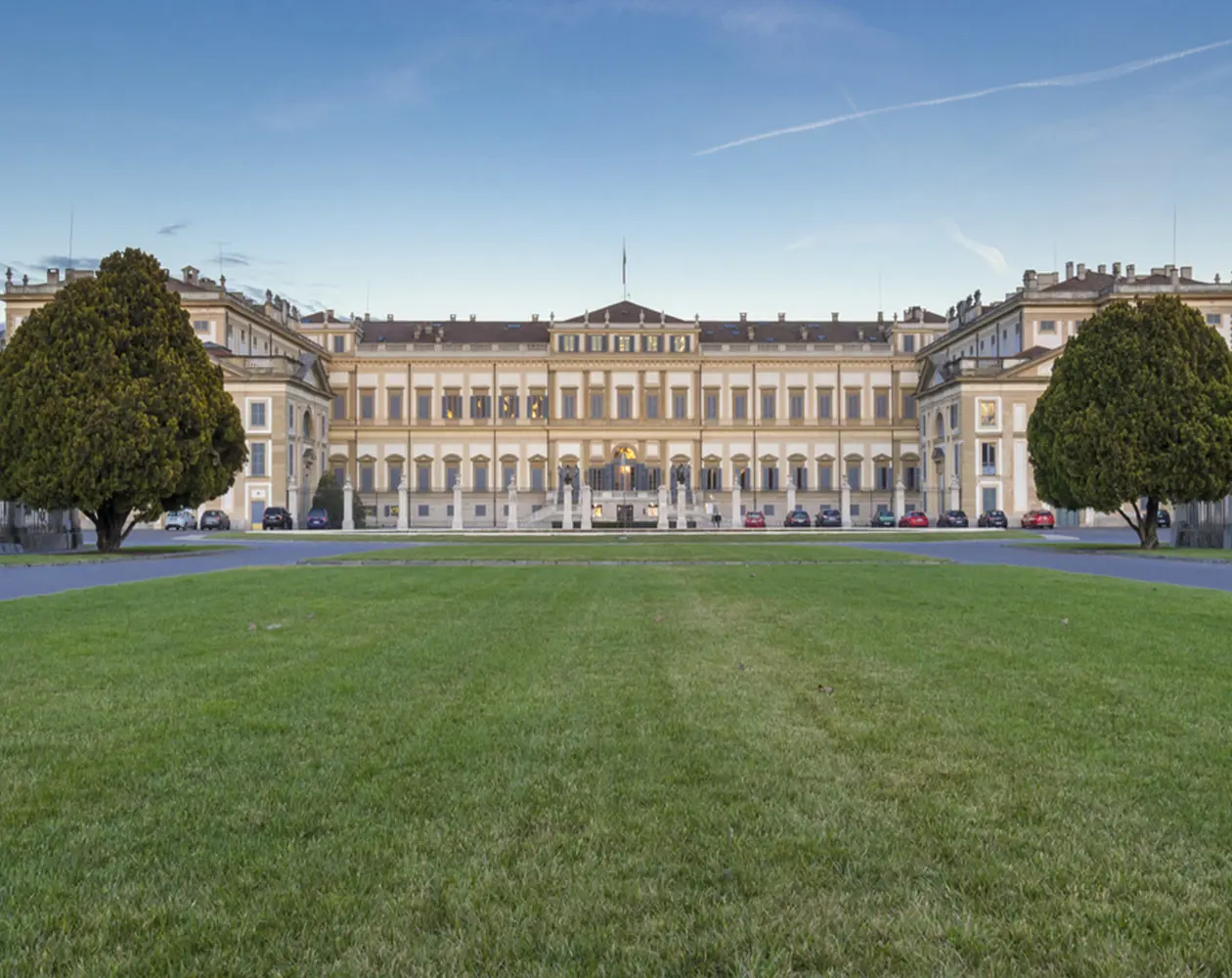
Walking along the bridges that cross the Lambro river, which made the surrounding countryside fertile with its waters, is a glimpse of much of the serene Brianza - one of the most industrious areas of northern Italy - of which Monza is the recognized center.
The Cathedral of Monza
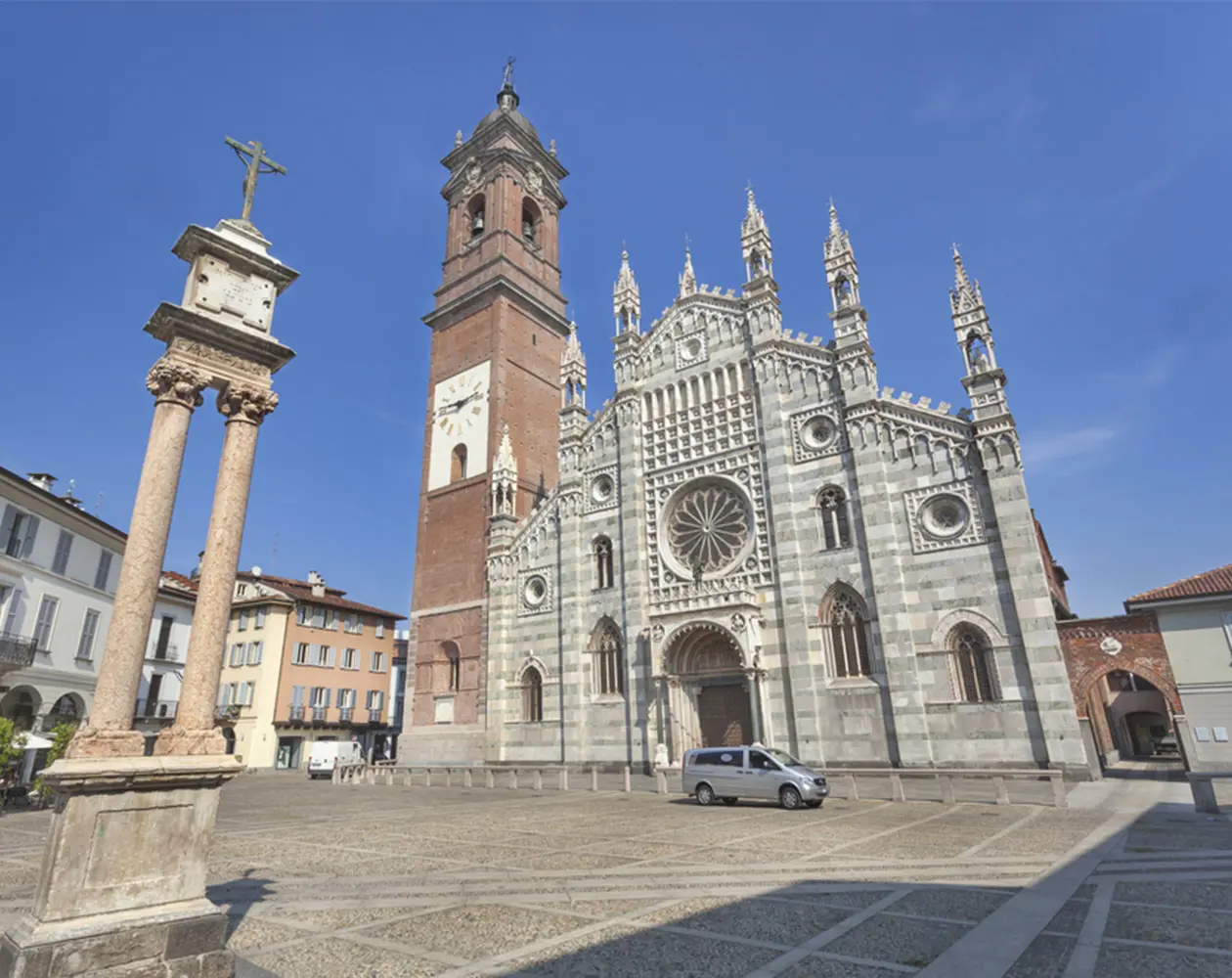
In the heart of the city stands the beautiful Cathedral, a masterpiece inspired by Gothic lines with an elegant alternation of white and green stripes, which has inside the extraordinary chapel of Teodolinda, Lombard queen, where the famous Iron Crown is kept together with precious works of goldsmithing of the period, one of the most important treasures in the world, crown that also appears in the city's coat of arms and with which kings and emperors were crowned, including Charlemagne and Napoleon.
The Arengario of Monza
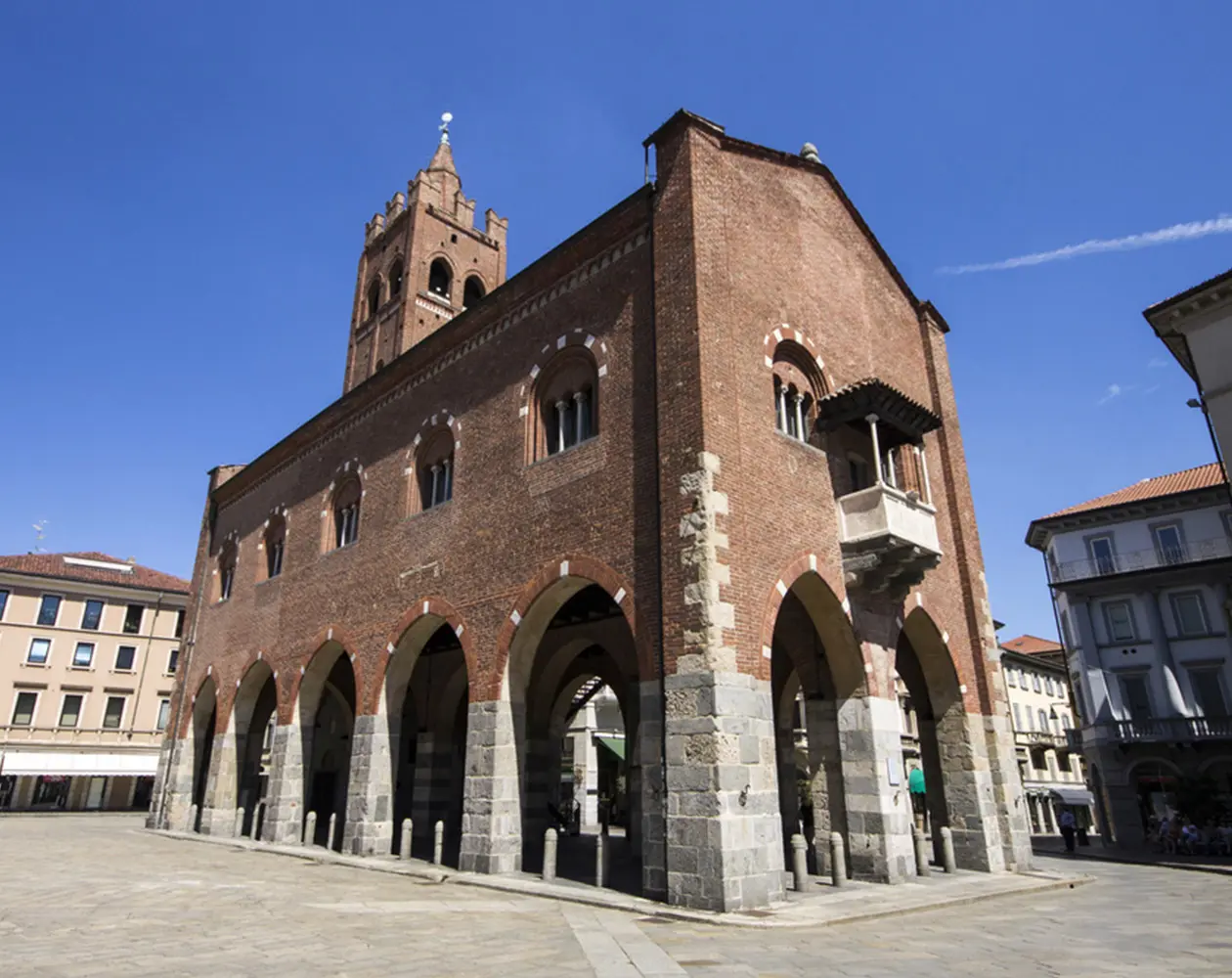
The majestic ancient Town Hall, explains the era in which the city flourished for its artisanal activities, especially in the field of weaving and commerce: under the wide arcade with arches that still constitutes the heart of city life today, the Monzese people love to meet and stop for pleasant breaks.
The Monza racetrack
Instead, lovers of international-level sports competitions meet at the Autodromo, famous all over the world, located within the large Park, where for almost a century the most exciting races on two and four wheels have been held, including the prestigious Formula 1.
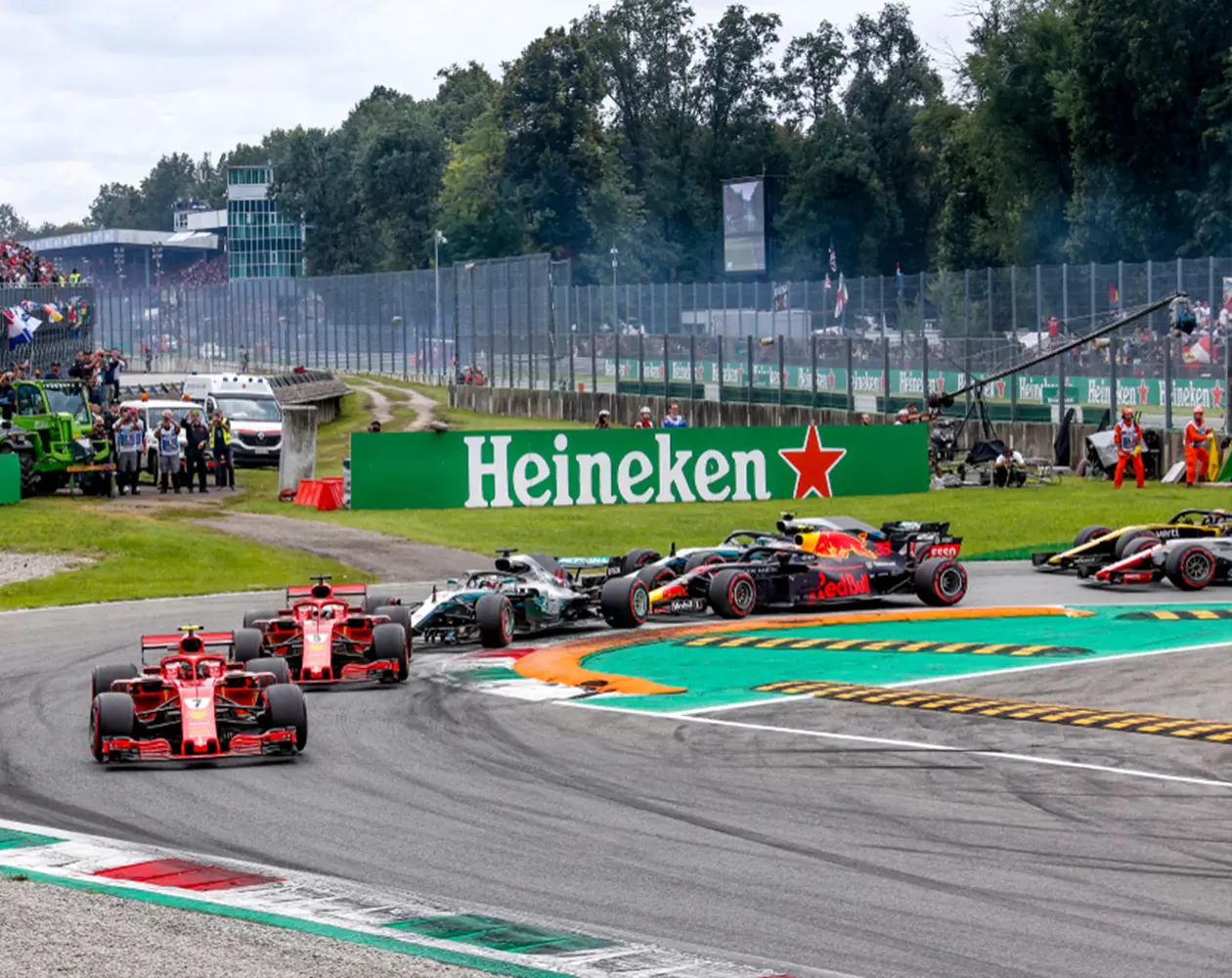
The memories of the Nun of Monza, known to all for having been immortalized for her sad story by Manzoni in the pages of "The Betrothed", can be found in the Church of San Maurizio and Santa Margherita, because in the nearby convent the young daughter of the Counts De Leyda was confined.
Recently reopened to the public, the Civic Museums, housed in the majestic medieval complex known as 'La Casa degli Umiliati', offer a rich and fascinating overview of painting and sculpture: in the twelve exhibition sections there are archaeological finds, including an interesting stone where the Monzese are mentioned as 'modiciates', from the ancient name Modicia of the city, but there are also medieval works and objects that tell about the reality and habits of the Monzese people in the Middle Ages, as well as a vast series of Romantic paintings.
The culinary specialties of Monza
Monza knows how to offer the best to every visitor, even from a gastronomic point of view, with its tasty typical dishes such as risotto with luganega, which is sausage, the sweet bread of San Gerardo, enriched with raisins and pine nuts, the biscuits of San Gerardo, sweet treats inspired by the Saint who is greatly loved by the people of Monza for his charitable works, especially towards the sick (he also began the construction of a hospital which today bears his name), so much so that he was proclaimed co-patron of the city together with Saint John the Baptist.
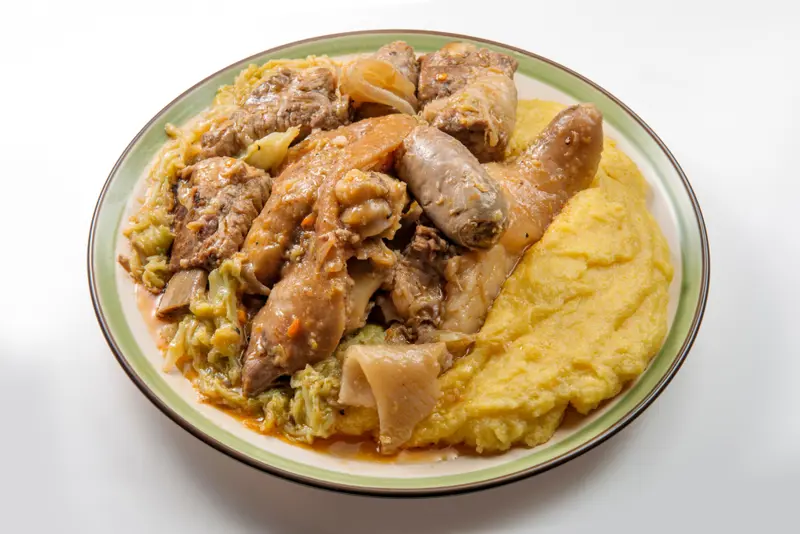


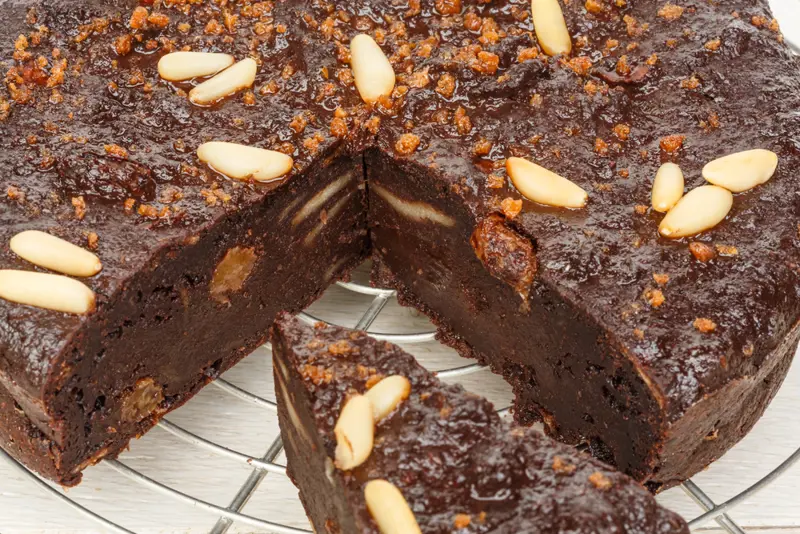
Photo: © Sisterscom.com, Shutterstock
The typical dishes of the local cuisine are "La Cazzoeula" (ribs, pig's feet, pork rind and cabbage) accompanied with polenta, "La Trippa" (or "Buseca") - "Il Risotto con la luganega" and the "Torta paesana" (or mica e lac).
Text by Anna Glik
Avion Tourism Magazine
Source: Comune di Monza Press Office
Photos: Copyright © Sisterscom.com / Shutterstock
All rights reserved.
Tourism board
www.turismo.monza.it
Partnership with Booking.com
Where to sleep in Monza
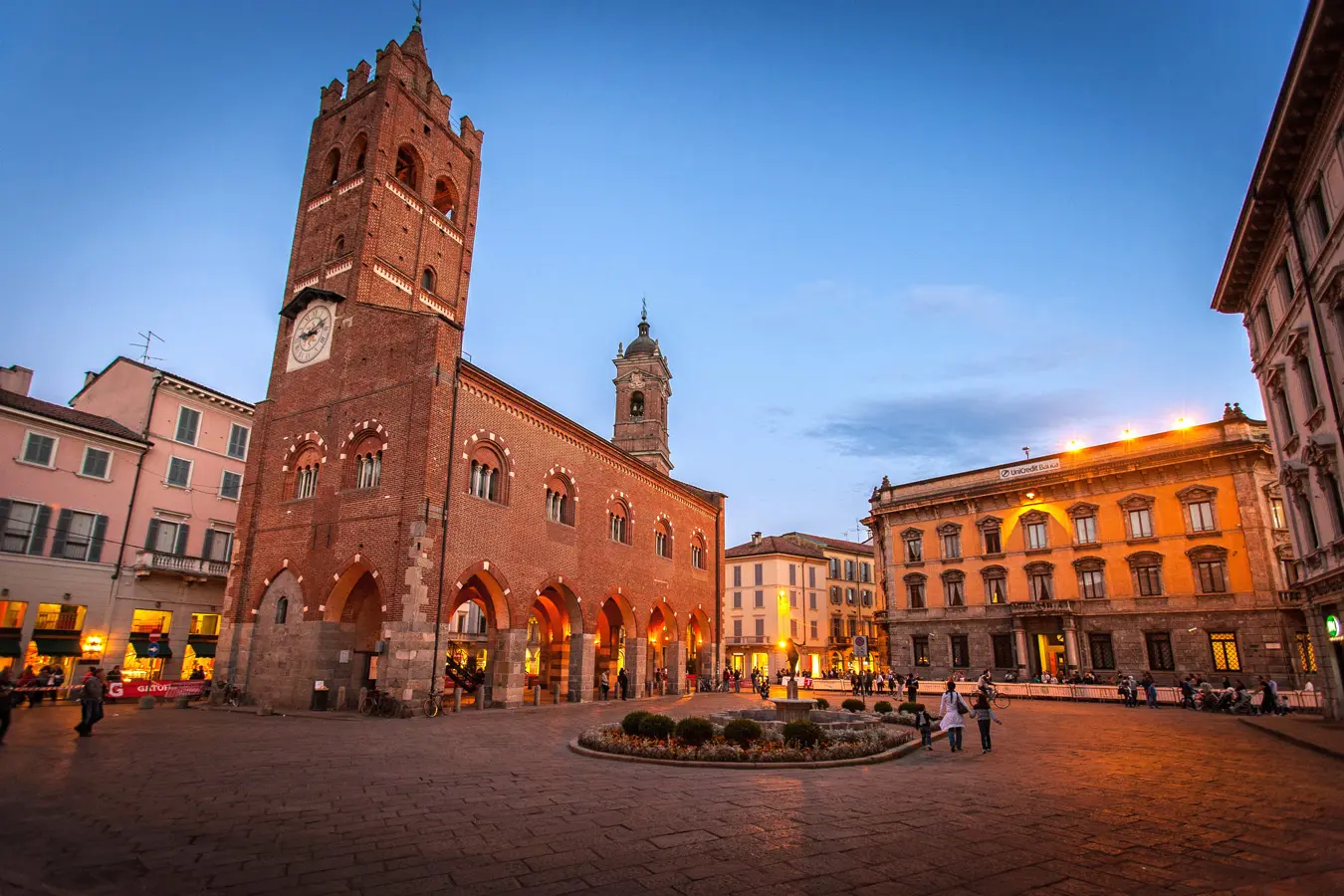
Monza è una città accogliente ed offre diverse possibilità di soggiorno in strutture dotate di ogni confort.
Per trovare l'hotel ideale e le migliori offerte si può fare una ricerca per stelle ma anche per quartieri o luoghi d'interesse.
REGION
AIRPORTS
Hotels nearby the airport
WHERE TO GO IN monza

Duomo of Monza and Iron Crown
Originally called 'oraculum', which was the place of prayer for Queen Teodolinda, it was expanded in the 1300s into a basilica with side chapels. One of these is the Teodolinda Chapel, with splendid murals paying homage to the queen. Inside, the Iron Crown is kept, one of the most significant works of all Christendom, as tradition holds that the iron ring inside it was made from one of the nails from the Cross of Christ, nails found during a trip to Palestine by Queen Helena, mother of Emperor Constantine. Also on display are valuable Lombard goldsmith works.
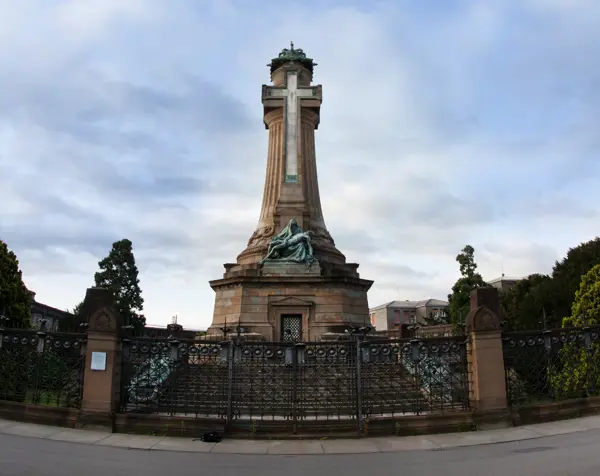
Expiatory Chapel of Monza
The Expiatory Chapel of Monza was built where anarchist Gaetano Bresci assassinated King Umberto I of Savoy on July 29th, 1900. Heir Vittorio Emanuele III commissioned architect Giuseppe Sacconi, the designer of the Altar of the Fatherland in Rome, to plan this commemorative building rich in symbolic elements, inaugurated in 1910. Above the column are a bronze Pietà, alabaster crosses, and symbols of the kingdom. The column's base features a chapel decorated with mosaics, while underneath, there is a crypt. The project was likely approved by Queen Margherita, remembered with daisy decorations that are also found in the gate by Alessandro Mazzucotelli.
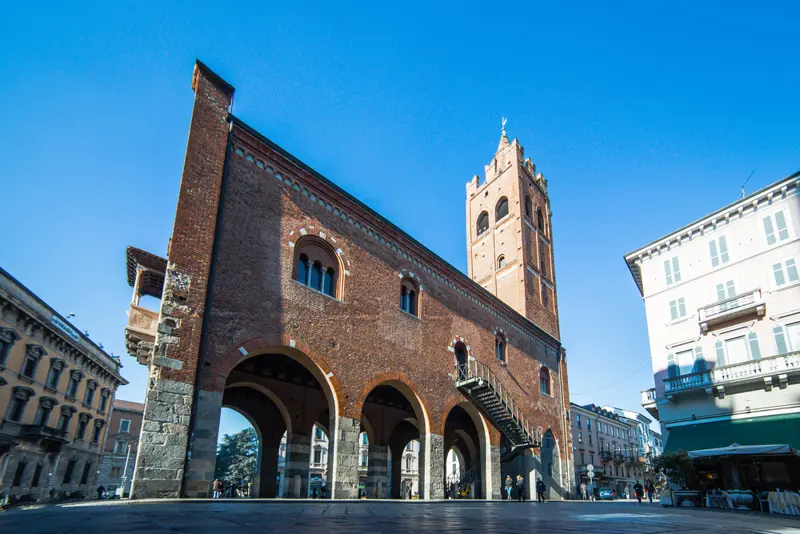
Arengario of Monza
Built at the end of the 13th century, the ancient town hall, called the Arengario, is located in the center of Monza. The building features a large ground floor portico with stone pillars, a place for meetings and exchanges, and a single large hall covered with wooden trusses on the first floor, meant for assemblies, which opens with a small balcony (the "parlera") from which the population read the decrees issued by the Municipality. The bell tower features swallow-tailed Ghibelline battlements. The upper hall is now an exhibition space for art shows and cultural events.

Bridges over the Lambro River in Monza
Built in 1842 on the remains of the Roman bridge of Arena, one of whose arches is still visible at one end of the current bridge, the Bridge of Lions is made up of three arches with granite spandrels. Guarding the monumental bridge on all four sides are four marble lions, the work of sculptor Tantardini. From the bridge, two pedestrian passages open up, running alongside the course of the Lambro River, leading to the areas once occupied by mills for grinding wheat, streams, and wash-houses. As a testimony to this ancient area, the typical and picturesque houses with balconies remain.
Museums in Monza
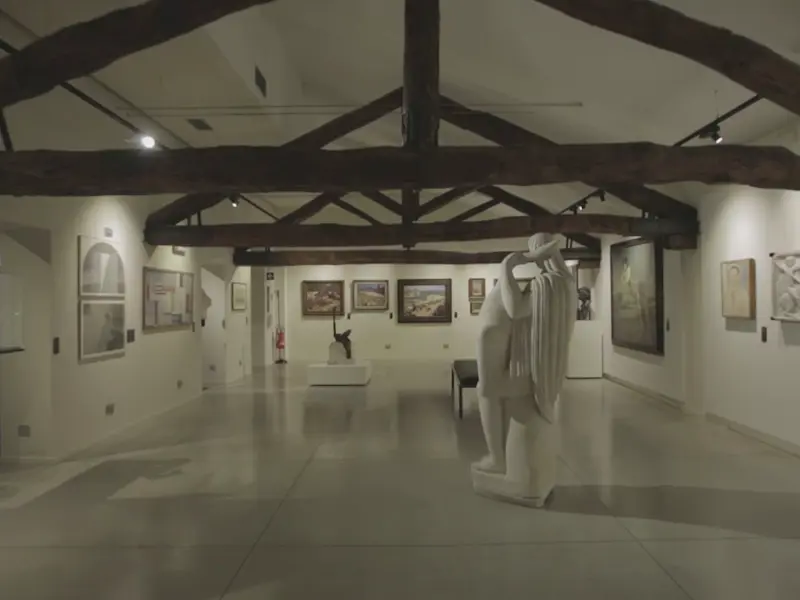
Civic Museums of Monza
Reopened to the public in 2014, they are housed in the majestic medieval complex 'Casa degli Umiliati', a place of meeting and prayer founded by the powerful monastic order in the 13th century. The Civic Museums of Monza present a rich series of works through a large exhibition path arranged over two floors: archaeological finds, medieval vestiges, paintings, and sculptures from the 16th to the 21st century, largely focused on the great moments of the city's history. The Portrait Gallery is interesting, featuring men and women - artists, entrepreneurs, politicians - who have contributed to the economic and social wealth of Monza through their activities, and the frescoes of the Monza painter Mosè Bianchi are of considerable importance. Photo Credit: City of Monza.
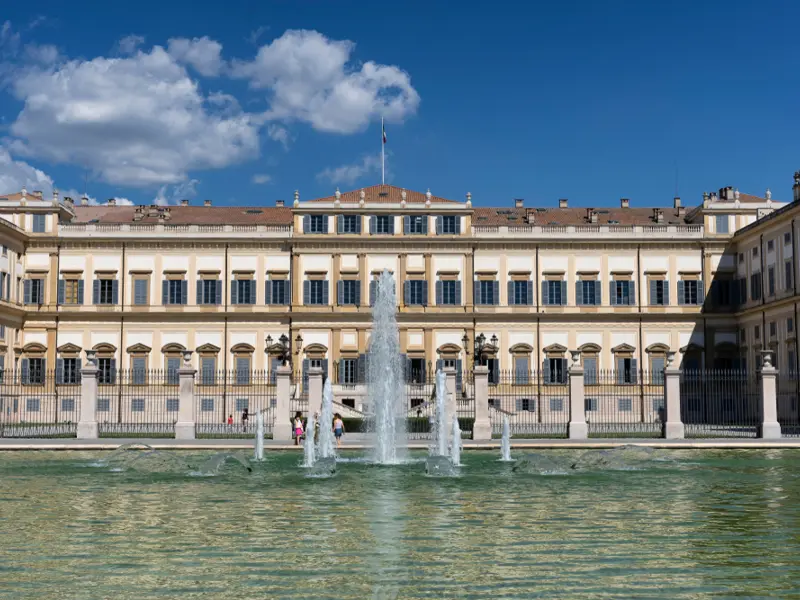
Reggia di Monza - Villa Reale
It was Empress Maria Theresa of Austria who commissioned the construction of the Reggia di Monza as a summer residence for her son Ferdinand of Habsburg-Este during the Austrian domination of Lombardy. She entrusted the project to the imperial architect Giuseppe Piermarini in 1977, who completed the imposing building in just three years, taking inspiration from the Reggia di Caserta. Inhabited by the Habsburgs, Napoleon, and the Savoys, it has recently been restored to its full splendor. On the noble floor, you can find the representation rooms of the royal family, with the grand ballroom richly decorated on the vaults and walls; the apartments of Umberto I of Savoy - who was assassinated in Monza - and Queen Margherita, still furnished with period furniture. The splendid gardens are also worth visiting.
Excursions in Monza
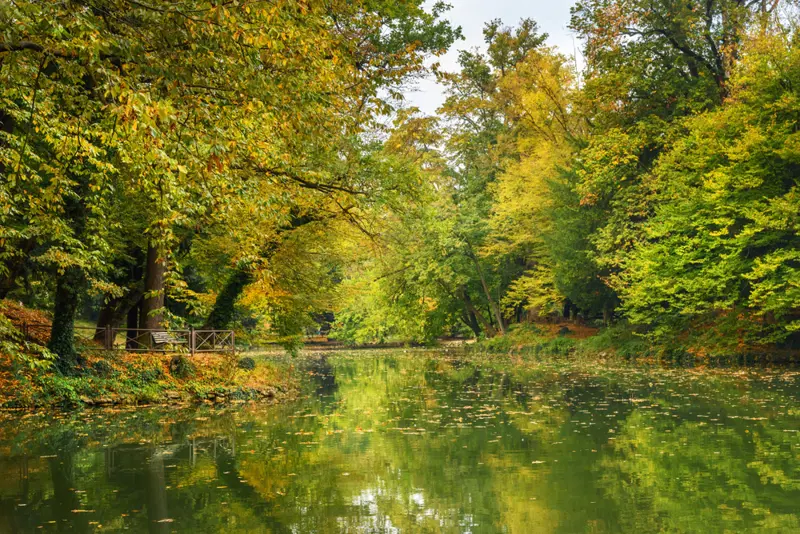
Parco di Monza
Created in 1805 with a Napoleonic decree, the Parco di Monza was originally intended to be a model agricultural estate and a hunting reserve. It was born out of the desire of Giuseppina Beauharnais, wife of Napoleon, who wanted to give it as a gift to her son Eugenio, viceroy of Italy. The park was supposed to exceed the size of Versailles and its intention was realized as it exceeds the French park by 450 hectares. The project was entrusted to Luigi Canonica, a pupil of Piermarini, and inside, with villas, farms, and mills, you can savor the atmosphere of 19th-century Brianza.
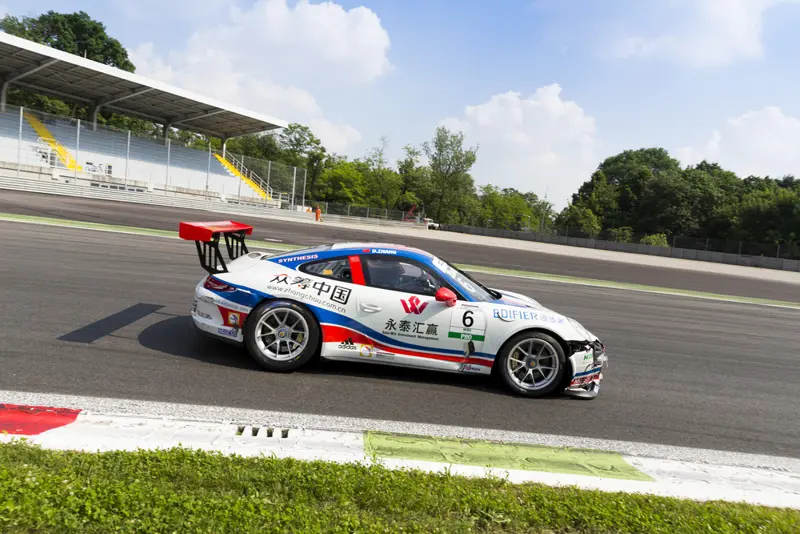
Autodromo Nazionale Monza
The pride of Monza's sports scene, the Autodromo di Monza was established in 1922 based on a design by architect Alfredo Rosselli inside the large park at the request of the Automobile Club of Milan to commemorate the 25th anniversary of its foundation. It hosts international sporting events of great caliber, such as Formula 1, which attracts fans from all over the world, but it also hosts dozens of other events such as exhibitions, musical events, and guided tours with laps of the track.
Partnership with GetYourGuide
Tours and
News & Useful info
Luxury
You might be interested in
Destinations found in the vicinity
Other destinations
Airports nearby Monza



